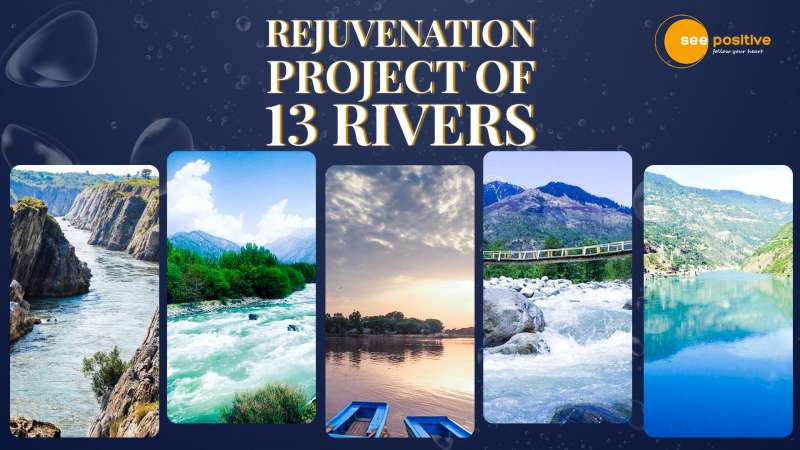

HIGHLIGHTS:
- The Ministry of the Environment has released detailed reports on the Rejuvenation Project of 13 Rivers
- The project is expected to cost Rs 19,342.62 crores
- It will take five years to complete
The Ministry of Forests, Environment, and Climate Change unveiled a project to revitalize 13 main rivers in the country on March 14th.
Rivers Chosen under this project
The following rivers are among the 13 that will be revitalized as part of the project:
- Jhelum, Ravi, Beas, Chenab, Sutlej, Yamuna, and Brahmaputra are Himalayan rivers.
- Narmada, Mahanadi, Krishna, Godavari and Cauvery are rivers in the Deccan or Peninsular region of India.
- Luni is an inland drained Category River.
These 13 rivers occupy roughly 57.45% of India’s total land area.
The initiative has four objectives
The river revitalization project aims to accomplish the following four objectives:
- Rivers and their environments must be managed in a sustainable manner.
- Conservation of biodiversity and ecological restoration.
- Improving long-term livelihoods.
- Management of information.
Concerning the project
The detailed project reports (DPRs) of the 13 rivers chosen for rejuvenation were developed by the Indian Council of Forestry Research and Education (ICFRE).
The project is expected to cost Rs 19,342.62 crores and will take five years to complete.
Rivers will be revitalized by constructing riparian forests or planting trees along their banks. This initiative has the potential to expand forest cover in India by up to 7,417 square kilometres. Riparian forests act as natural buffers and biofilters, assisting rivers in their self-purification process.
These forests will act as carbon sinks, absorbing carbon dioxide from the atmosphere and assisting India in attaining its carbon sequestration targets.
According to ICFRE’s detailed project reports (DPRs), these riparian forests have the capacity to sequester 50.21 million tonnes of CO2 equivalent (CO2e) after ten years, and 74.76 million tonnes of CO2e after twenty years. Carbon dioxide (CO2) or any other GHG with the same global warming potential as CO2 is referred to as CO2 equivalent.
India’s objectives
By 2030, India has promised to develop a carbon sink with a capacity of 2.5 to 3 billion tonnes of CO2. India vowed to rehabilitate 5 million hectares of damaged land by 2030 as part of the Bonn Challenge in 2015.


